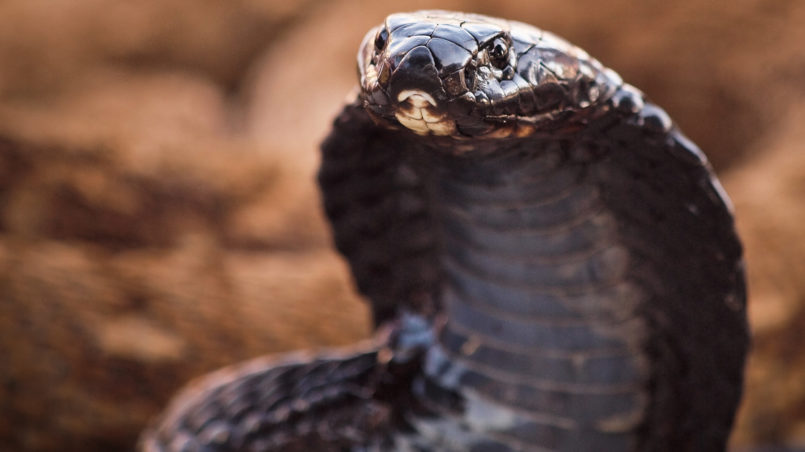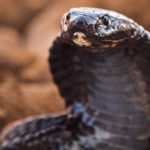The “Cobra Gypsies”

Everyone needs bread and butter to survive and feed their families but what if you need to risk your life every time you work or rest at home? No, it’s not a criminal but a real-life story of not only one person or family but a true story of a large group of people. These people work with the most venomous snake on the planet: the cobra.
Rajasthan is a northern Indian state bordering Pakistan. Its palaces and forts are reminders of the many kingdoms that historically vied for the region. The capital of this state is Jaipur, also known as the “pink city”. This state is also home to a desert that India shares with Pakistan. Western Rajasthan is mostly deserted, with barren areas of land where there is little rainfall and thus living conditions are hostile for plants, animals, and humans as well.
In summer, temperatures soar, making situations worse. Thus, many kings of this land came up with water-storing techniques and built artificial lakes as well as underwater storage plants. Thriving in the desert requires a lot of effort. People live in tents and mud houses, and they raise sheep, goats, and camels. They also eat dates from palm trees and drink goat and sheep milk, which is part of their staple diet.
Most of the people in the desert have adapted to the nomadic lifestyle and move frequently in search of water and new grazing places for their livestock.
Desert people wear traditional dhotis (a long piece of cloth, wrapped around the waist) and kurta (a loose long shirt) which is made of cotton providing free flow of air and comfort to skin. Men also wear turbans to protect their head against the blazing sun, whereas women wear ghagra (long skirts) and kanchli (tops). People in the desert also trade in wool and animal skins and even buy and sell animals frequently.
Northern India was attacked again and again, even before the British established their rule in the country. This resulted in many native people turning into nomads and looking for better places to live their lives during that period of time. The caste system in India has been very prominent, and these people are not warmly welcomed by the existing villagers. For the most part, they have to stay within the boundaries of the villages and have to do menial jobs.
Many gypsies live in poverty and have an unsanitary lifestyle which creates many physical needs among them. The quality of health care, nutrition, and education are poor amongst these people, and most of the children of these gypsies do not attend schools because their families are always on the move. There are more than 500 gypsy tribes spread across India, and one of them is particularly interesting: the Kalbelia.
The Kalbelia gypsies are one of the many gypsy tribes of India. The people of this tribe keep moving from one place to another and they have been living this way since ancient times. The traditional occupation was catching snakes and trading snake venom, which explains why their costumes, make-up, and dance moves resemble those of the serpent. They were considered as untouchables until 1950 and usually confined themselves to the boundaries of villages.
The Kalbelia gypsies lead a nomadic lifestyle, which means that they keep moving from one place to another, sometimes looking for better business, better opportunities, better land and so on. They usually have predefined routes to follow in circular ways. Since they have a good understanding of the local flora and fauna, they also provide medicine to the people in the villages they pass through, which is also an alternative source of income for them.
However, after the government implemented the Wildlife Act in 1972, in an effort to protect wildlife, the Kalbelia tribe have no longer been able to continue with their traditional business of catching snakes. Since then, the dance art is the major source of income for them. The female dancers usually wear long black skirts which swell around in a circular hypnotic way, replicating the moves of a snake. The clothes are mainly black with red, yellow, orange, and many other brightly coloured patches on them and they also attach lots of shining jewellery to their clothes to enhance the snake-like impression. The men are responsible for the music with different traditional instruments such as the dafli, dholak, morchang and they supplement the music by singing old folk songs.
It was formerly the tradition that one family or at least one individual had to work with a snake as a snake charmer but, due to current laws and abrupt changes in lifestyle affecting this tribe, more and more people are turning toward the cities and forgetting their roots and knowledge.
Credits
| Image | Title | Author | License |
|---|---|---|---|
 |
cobra nero | Luca Boldrini | CC BY 2.0 |
